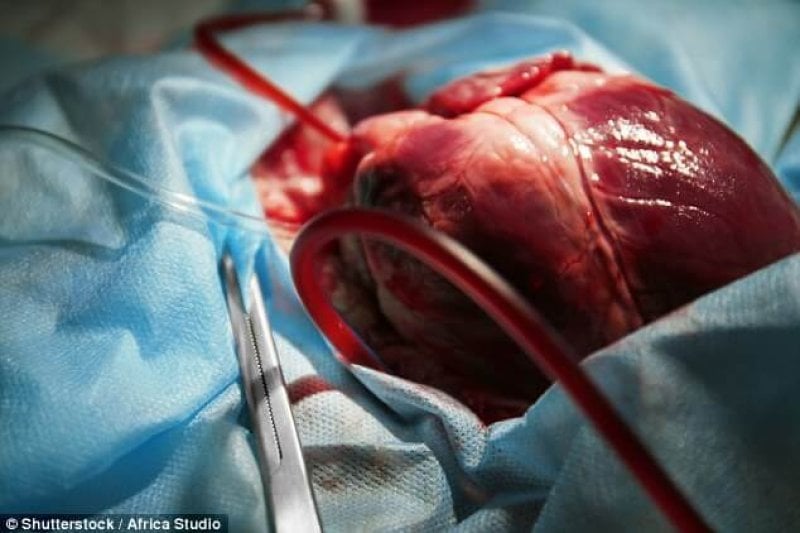Those who survive [a heart attack] are often left with permanent heart failure – a group which includes approximately 450,000 people in the UK. Within the five years following an attack, 50% of them will no longer be alive. “Eventually their hearts become so weak that they can’t sustain sufficient blood flow and they just stop altogether,” says Sanjay Sinha, a cardiologist at Addenbrooke’s Hospital, Cambridge.
But even within the next five years, regenerative medicine may provide a radical new alternative: growing live, beating ‘heart patches’.
…
These tiny, beating pieces of heart muscle, each less than 2.5 sq centimetres (0.5 square inches) in area and half a centimetre thick, are made in small dishes in the lab. Grown over the course of a month, the patches are made by taking blood cells and reprogramming them into a particular form of stem cell which can be converted into any cell in the human body – in this case heart muscle cells, blood vessel cells, and the epicardium, the membrane around the heart which gives it its shape. These clusters of heart cells are then grown in a special scaffold which organises and aligns them into a formation resembling real heart tissue.
…
Sinha is currently preparing to trial the patches, first in mice and then pigs. If all goes to plan, in five years he may be ready to conduct a first human trial.
Read full, original post: Can we bring hearts back from the dead?































